CLAIRE BARRAND reveals the legendary gateways to The Welsh Otherworld of Annwn…
The word Annwn (pronounced ah-noon) translates to ‘very deep place.’ It’s also known as Annwfn, or Annwfyn.
This Otherworld is not to be confused with Hell, far from it! For this world features castles, kings, and a landscape not unlike that of our Ancient Wales.
Ruled by Arawn (or, in Arthurian literature, by Gwyn ap Nudd), it was primarily a world of delights and eternal youth where illness does not exist, and nourishment is plentiful.
It is more likened to a type of ethereal paradise or heaven.
The Annwn is mentioned in the Mabinogi – the four interlinked mythological tales dating from Medieval Wales.
In Welsh and Irish myth, Annwn is portrayed as being either an island somewhere or under the earth.
In the first branch of the Mabinogi, it is implied that Annwn is a land situated within Dyfed, while cryptic medieval Arthurian poem Preiddeu Annwfn hints at an island location.
The general consensus is though, that The Otherworld is with us but invisible, as if in another dimension, there but with a veil between our world and theirs.
The Otherworld was not somewhere where you went when you died in original Celtic mythology, rather, it was somewhere that co-existed with this world in parallel.
Annwn, according to legend has either one of two rulers.
Gwyn ap Nudd, he is the leader of the Wild Hunt, dating back to the middle ages he was King of the Tylwth Teg (Faerie or Fair Folk) Or Arawn, also a master hunter who rides a pale horse and leads a pack of white hounds with red ears.
The purpose of these hunts was to gather souls for the Otherworld.
The dogs were known as the Hounds of Annwn.
They were said to hunt mostly on Cadair Idris.
Seemingly their barking was loudest when it was far away and became quieter as they neared.
The sight of the hounds was an omen of imminent death.
Christian missionaries dubbed them ‘The Hounds of Hell’ and Arawn as Satan to make the story fit in.
However, The Wild Hunt of the Cwn Annwn was for wrong-doers so that they may be punished.
Annwn is also the home of the goddess Rhiannon with her magical birds, which have the power to wake the dead and lull the living to sleep.
A medieval text calls Morgen le Fay ‘Margen, dwywes o annwfyn’ – Morgen, Goddess of Annwn, suggesting Annwn and Avalon are one and the same place.
Two other otherworldly feasts that occur in the Second Branch of the Mabinogi are located in Harlech in northwest Wales and on Ynys Gwales in southwest Pembrokeshire.
As Wales became more Christian, ‘Annwn’ became increasingly associated with the Christian idea of ‘hell’.
While Welsh mythology and legend speak positively of Annwn in early texts, as time passed, and Christianity began to become deep-seated in the lives of the ordinary folk, references to this Otherworld became rarer and darker in tone.
Welsh places to enter Annwn
Ffynnone
Ffynone is a beautiful, secluded waterfall on the river Dulas in the Cwm Cych valley.
It is reputed to be the entrance to “Annwn” mentioned in the first branch of the Mabinogion, where Pwyll, Prince of Dyfed, discovered this beautiful place.
Glaslyn
Glaslyn (Welsh meaning Blue lake) is a lake in the Snowdonia National Park in Gwynedd, north-west Wales.
According to Welsh folklore, Arthur had Bedivere throw his sword Excalibur into Glaslyn, where Arthur’s body was later placed in a boat to be carried away to Afallon.
A large stone known as Maen Du’r Arddu, below Clogwyn Du’r Arddu, is supposed to have magical powers.
Like several other sites in Wales, it is said that if two people spend the night there, one will become a great poet while the other will become insane.
Llyn Coch in Cwm Clogwyn has been associated with the Tylwyth Teg (fairies)
Llyn y Fan Fach
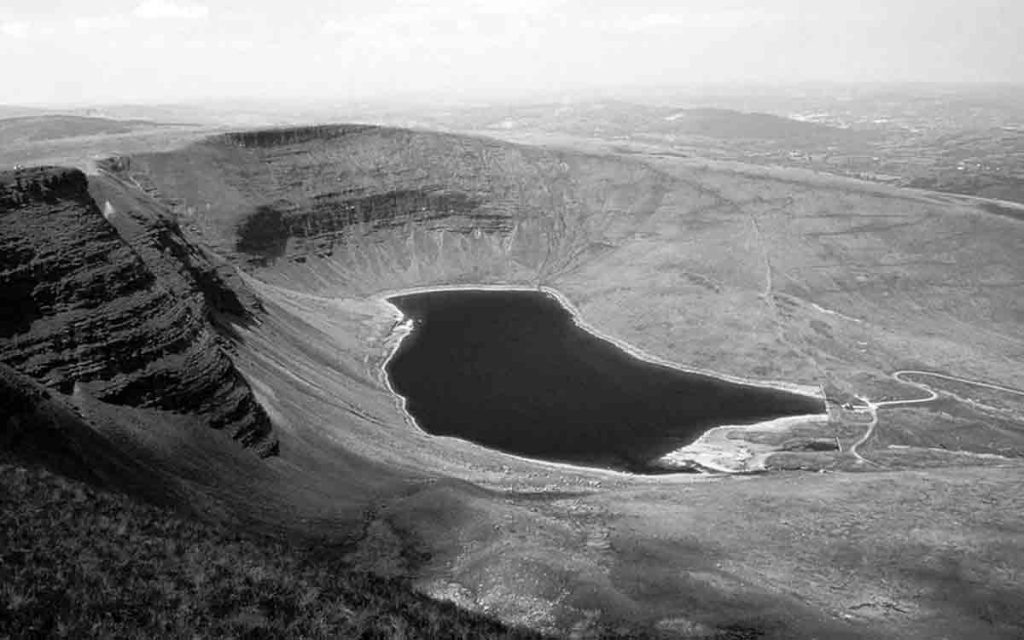
Welsh meaning “Lake of the small hill,” north of the Black Mountain in Carmarthenshire, South Wales, within the Brecon Beacons National Park.
A folklore legend is linked with the lake, known as the Lady of the Lake.
A young shepherd met a beautiful fairy woman from Annwn, who ascended from the dark waters of Llyn y Fan Fach in Carmarthenshire.
He took her back to his home in the nearby village of Myddfai where they married, but she warned him that if he ever struck her three times, she would go back to her underwater kingdom.
She bore him three sons, but over the years he thoughtlessly hit her three times, and so she returned forever to Annwn.
But when her sons were grown-up, she taught them the healing powers of herbs, and they grew up to become the renowned doctors known throughout medieval Wales as the Physicians of Myddfai.
Descendants of this renowned family were still practicing medicine in the 18th century, and there is at least one herbalist in Dyfed today who claims lineage from the famous family.
Grassholm
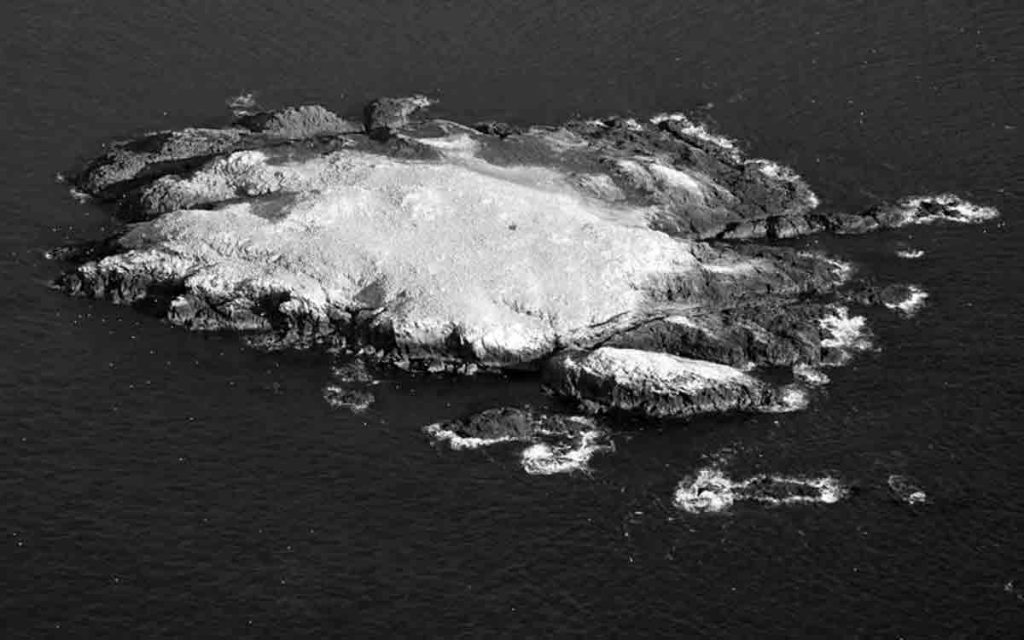
Grassholm (Welsh: Gwales or Ynys Gwales) is a small uninhabited island situated off the southwestern Pembrokeshire coast in Wales.
Well into the 19th century it was said to be populated by a host of faeries and to have a sporadic habit of disappearing beneath the sea.
Grassholm has been identified with Gwales, a fabulous castle on an island featured in the Mabinogion.
Here the severed head of Brân the Blessed (Giant and King of Britain in Welsh Mythology) is kept miraculously alive for eighty years while his companions feast in blissful forgetfulness until the opening of a forbidden door that faces Cornwall recalls them to their sorrow and the need to bury the head at the White Mount.
Pentre Ifan
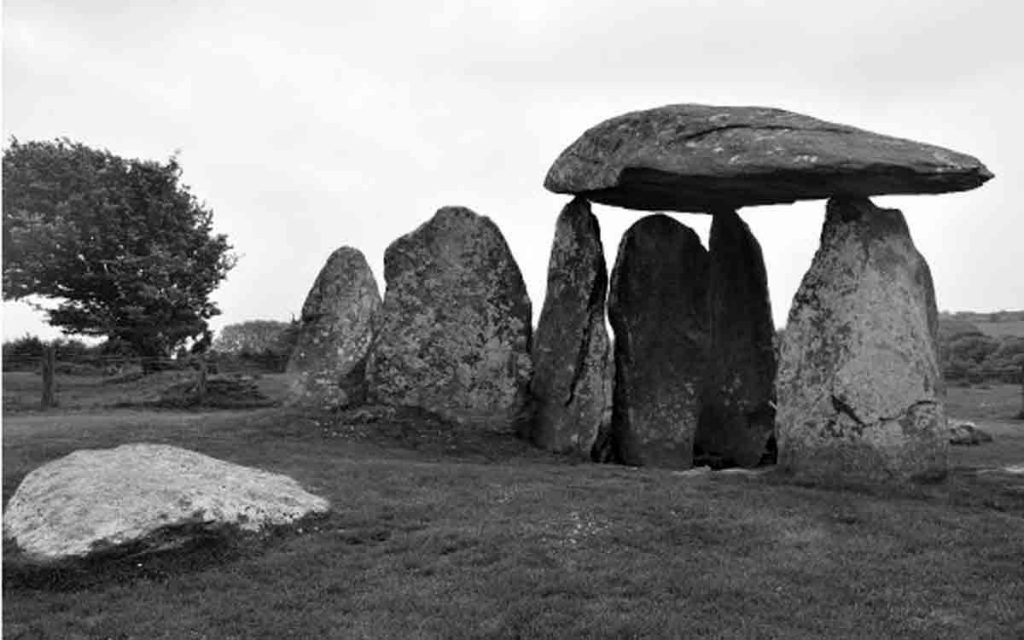
Pentre Ifan contains and gives its name to the most significant and best-preserved Neolithic dolmen in Wales.
The Pentre Ifan Dolmen is a collection of 7 principal stones. Made of the stone Preseli Bluestone in the Preseli Hills home to Carn Ingli where angels are said to communicate.
Also known as the Womb of Ceridwen it is supposed to be one of the gateways to the land of the fairies. Stonehenge was constructed of the same stone.
The Berwyn Mountains
The Berwyn range (Welsh: Y Berwyn or Mynydd y Berwyn) is a remote and sparsely populated area of moorland in the northeast of Wales.
The Berwyn Mountains above Pistyll Rhaeadr are said to be the physical and geographical location of Annwn.
There are stories of the King Gwyn ap Nudd and his people who live in a beautiful palace full of light, laughter, food, warmth, and how travellers on the moors of the Berwyns will sometimes suddenly be presented with this beautiful apparition and invited to join in the feasting and dancing.
Alas, anyone who chooses to do so remains in the halls of Gwyn ap Nudd. The only way to escape is to resist temptation, declining to eat or drink.
There are many stories about local people who went missing for up to seven years, after a night on the moor. One of which is the tale of St Collen of Llangollen fame, who walked onto the Berwyns to confront Gwyn ap Nudd, armed only with a bottle of holy water.
Challenged to step into the great halls of the dead, he accepted. He debated long and hard with the pagan god, refusing all offers of food and drink, and eventually, the halls faded away into the mist, and he returned safely to build his church.
Interestingly this is also the location of what has been dubbed the Welsh Roswell!
At 8.38pm on 23 January 1974, an earthquake of magnitude 3.5 was felt over a wide area of North Wales and saw a brilliant light in the sky above the Berwyn Mountains. As people ran from their homes fearing another tremor, they saw a blazing light on the mountainside.
A nurse who believed an aircraft had crashed, drove to the site and reports she saw a pulsating orange and red glow on the hillside and other lights.
Police converged on the area, and emergency services were put on standby. Although searches were undertaken, officially nothing was found – leading to claims of a cover-up.
In the four decades subsequently, there has been considerable debate as to what exactly happened that night, with TV documentaries made and books written on the subject.

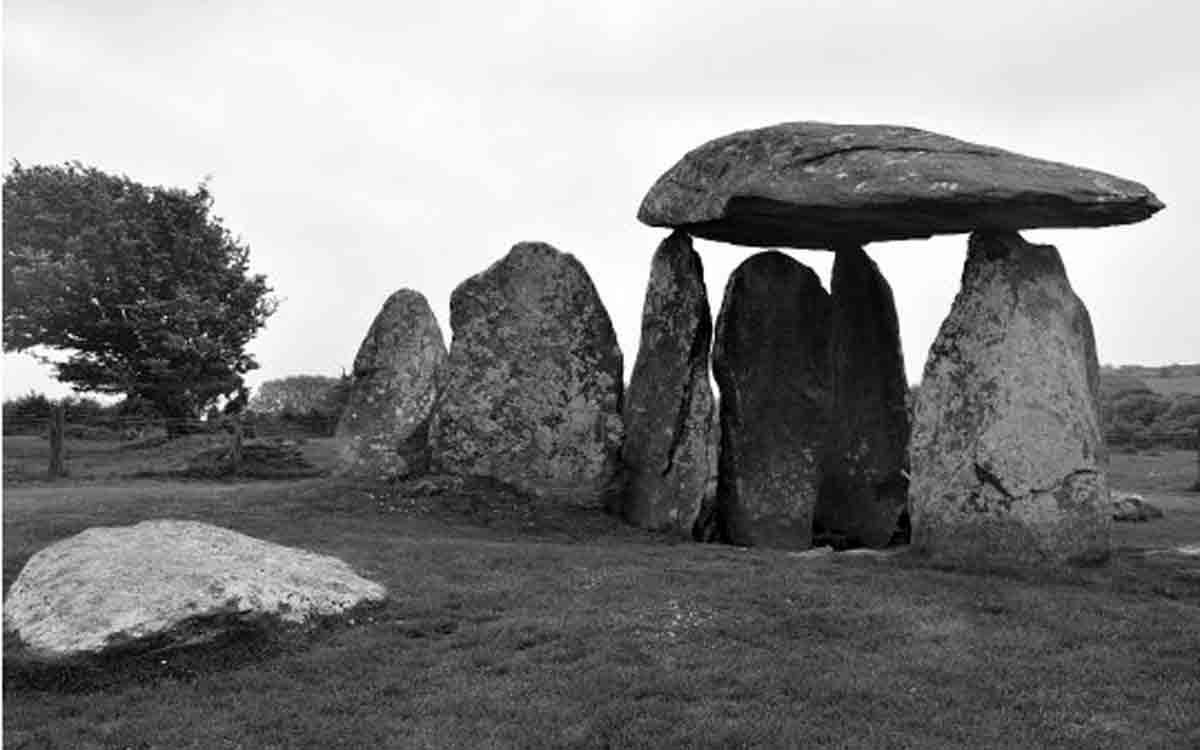
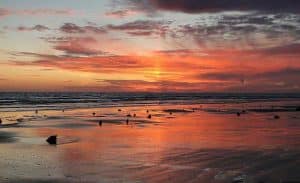
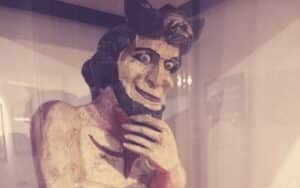
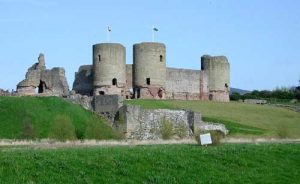
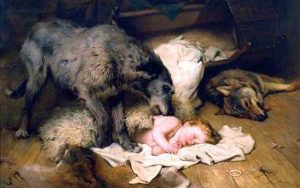

The spelling given in the Middle Welsh poem Preiddeu Annwn line 6 is annwfyn and that line reads “Arac preideu annwfyn tost yt geni”. Through (mis)usage Annwfyn has become annwn, annwfn, etc., and annwn is nowadays frequently confused with “the land of annwfyn” over which a mythical king called Arawn in Middle Welsh ruled (Mabinogi legend). Annwfyn is three Irish words fused together as one Middle Welsh word (they being an ubh éin, meaning “The Bird-egg” – pronounced un/uv/aeen). The reference is to a very large famed egg-like granite stone bearing pre-historic La Tène ornamentation and now located at Castlestrange, Co. Roscommon, Ireland, but probably originally belonging to a nearby pre-historic royal site at which according to myth a king Aedh Rán or Noble Aedh ruled (phonetically Arawn in Middle Welsh). In medieval times two abbeys were constructed consecutively within the ramparts of this ancient royal fort. In Preiddeu Annwn “the chief of Annwfyn” was owner of the cauldron of literature taken from a raid on the earlier one of these abbeys by Welsh Normans, led by “Arthur” – a pseudo-name for the raid leader.